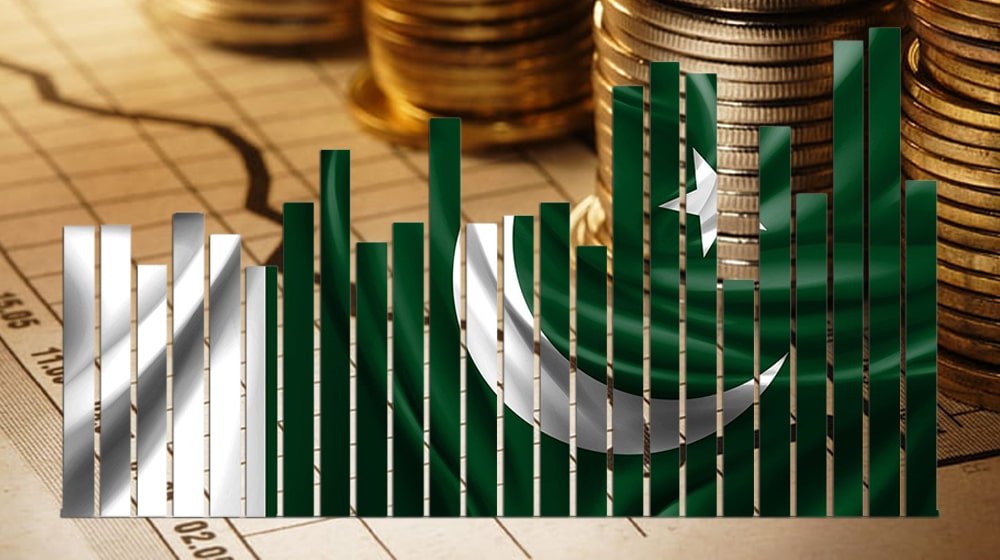Pakistan’s economy is showing signs of stabilization, bolstered by a new International Monetary Fund (IMF) program. According to a report by Topline Securities, the country’s external accounts are improving significantly, inflation is decreasing sharply, and fiscal accounts are consolidating. However, economic growth is expected to remain modest due to lower agricultural output.
The report highlights that Pakistan’s external repayments, excluding rollovers and refinances, are projected to be $10 billion for the fiscal year 2025. With a current account deficit expected to be $1.3 billion, the gross financing requirement, net of rollovers and refinances, is anticipated to be $11.3 billion—a manageable figure. The IMF document notes that Pakistan’s gross external financing requirement is at a nine-year low of $18.8 billion.
In a positive development, two rating agencies have upgraded Pakistan’s credit rating. On July 29, 2024, Fitch upgraded Pakistan’s long-term issuer rating to CCC+, and on August 28, 2024, Moody’s upgraded it to Caa2. Topline Securities expects further improvements in Pakistan’s rating, driven by rising foreign exchange reserves, which could facilitate the issuance of long-term instruments in international capital markets in the coming years.
Pakistan’s liquid foreign exchange reserves are projected to reach $13 billion by June 2025, marking the first time since March 2022, thanks to the successful completion of the previous Standby Arrangement (SBA) and the initiation of a new IMF program. This program is expected to unlock additional funding from bilateral and multilateral sources.
The Pakistani Rupee (PKR) has appreciated by 2.6 percent in FY24 and 0.3 percent in FY25 to date against the US dollar, supported by external account stability and higher inflows. The PKR/USD exchange rate is expected to be between Rs. 277-282 by June 2025 and Rs. 295-300 by June 2026.
Inflation is forecasted to average 7-8 percent in FY25, a significant drop from 23.4 percent in FY24. This decline is attributed to a higher base effect, faster disinflation in the food segment, and negative fuel cost adjustments in September and October 2024.
The report anticipates a reduction in the policy rate to 12.5-13.5 percent by June 2025, down from the current 17.5 percent and a peak of 22.5 percent in June 2024. The 6-month Karachi Interbank Offered Rate (KIBOR) and 6-month Treasury bill rates are at 13.43 percent and 12.87 percent, respectively, significantly below the policy rate.
Despite challenges in the agricultural sector, with a weak outlook for cotton and wheat crops, real GDP growth is expected to be around 2.5-3.0 percent in FY25. Growth is likely to be driven by the services sector as economic activities gradually resume. The agriculture sector, after achieving a 19-year high growth of 6.4 percent in FY24, is expected to grow by only 1 percent, with major crops projected to contract by 8.1 percent.










